5. Possession (Andrzej Żuławski, 1981)
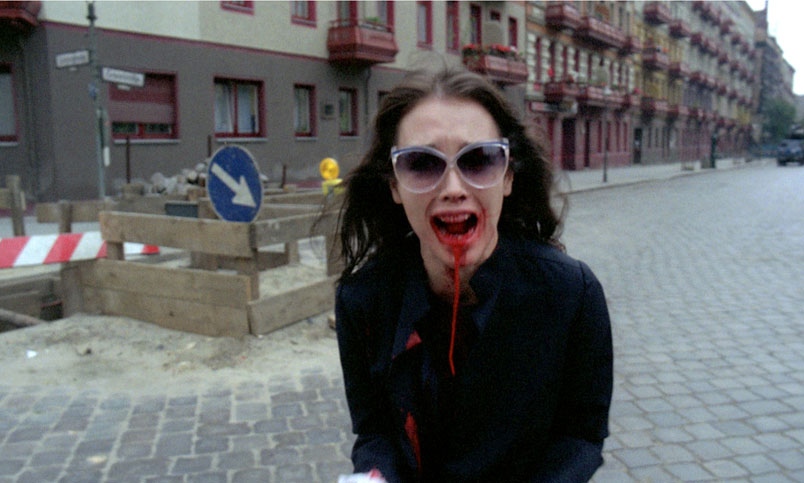
A slow burner for sure, but Żuławski’s Possession is often heralded by those who have seen it as one of the best cinematic depictions of the spiraling descent into madness ever put to screen. It’s narrative seems simple to begin with, as it follows the marital breakdown of a man and a wife, however it soon evolves into a tale of absolute psychological horror.
Despite being slow paced in parts, the film is pulled along by a consistent unease and disturbing energy spearheaded by its two leads; Isabelle Adjani and Sam Neill who give fantastic performances that challenge the depth of human emotion and explore the boundaries of a possessive, toxic and traumatic relationship.
The film is aesthetically bleak and vacant, set against the backdrop of an overcast West Berlin (during the divide) which works tonally with the film. When it’s tone collides together with the films chugging synth-heavy score, Possession creates a consistent and palpable atmosphere that is near unrivalled in certain parts.
Possession is a truly unique film with an interesting vision. It’s best seen without knowing much about the narrative so go in as blind as you can. You will not be the same person when the credits roll.
4. Demons (Lamberto Bava, 1985)
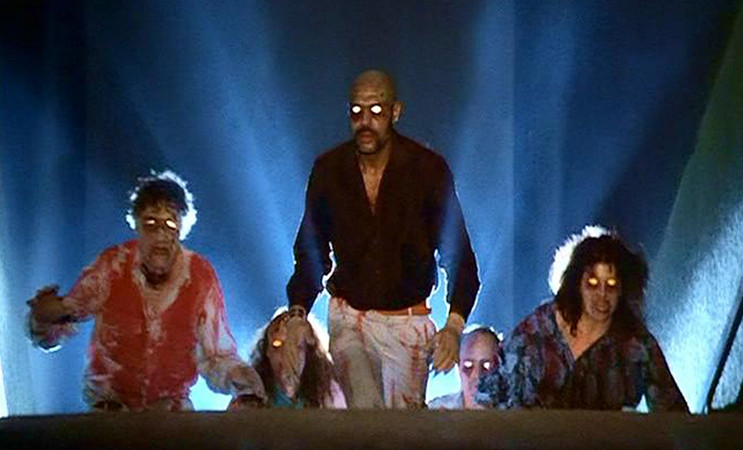
A collaboration between the son of Mario Bava and the infamous Dario Argento, Demons is a criminally underrated romp of a horror film with a fun premise and one hell of a rock n’ roll inspired soundtrack.
It revolves around a group of people trapped in a cinema infested with demons who proceed to start reaping havoc. The film is a little ridiculous in terms of its narrative escalation to say the least but it’s impossible to not revel in the chaos that the films story spirals into. The film has so much fun with its premise and not only this, but it oozes a bold aesthetic and a great style.
The film is extremely well directed and the special effects on display are gloriously messy as well as colourful; made even more gnarly than the great lighting work. Demons is a shamefully unseen riot of a horror film, one which comes highly recommended to anyone wanting something equal parts bizarre and fun.
3. From Beyond (Stuart Gordon, 1986)
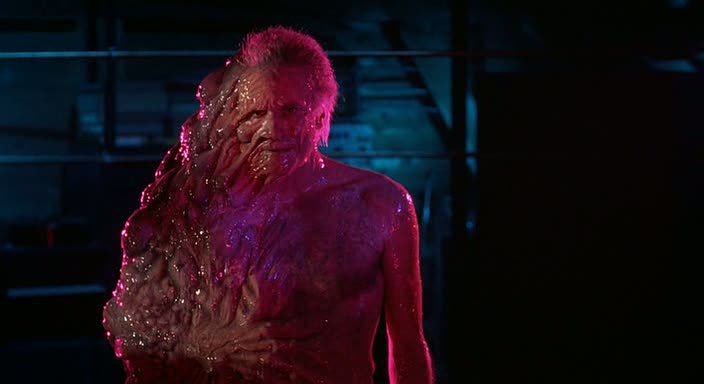
The spiritual successor to Stuart Gordon’s more known about (and better received) Re-Animator, made just a year prior. Similarly inspired by the stories of H.P. Lovecraft, From Beyond operates as a camp body horror tale about an experiment gone wrong featuring the same two (now infamous cult) leads as its predecessor; Jeffrey Combs and Barbara Crampton.
The film, following Sci-Fi/Horror hybrid greats such as John Carpenter’s The Thing and David Cronenberg’s The Fly, is mostly known for its amazing practical special effects work which ooze in goo and gore, made even better under the films neon lighting and 80s charm.
As a Stuart Gordon feature, he often pushes the boundaries of what could be considered ‘messed up’ but does so in a fun and playful self-reflexive manner. From Beyond is definitely a must-watch for any person with a dark sense of humour and obsession for interesting high-concept horror.
2. Blood and Black Lace (Mario Bava, 1964)
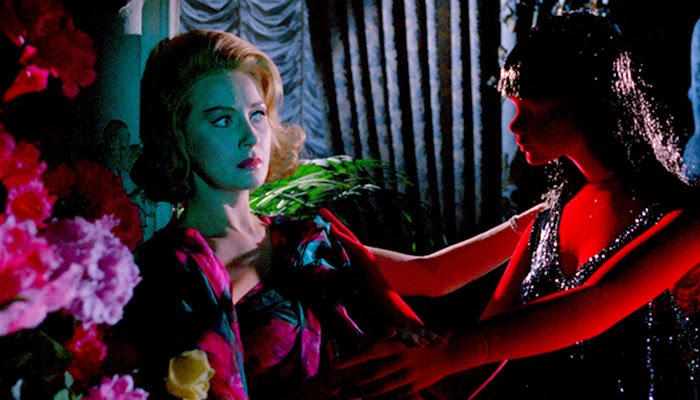
Revolutionary and trendsetting in one package and yet relatively (and bizarrely) unseen by many. Blood and Black Lace is known as one of the earliest Italian giallo films which would go onto directly inspire and influence the American slasher films of the seventies and eighties.
Featuring flamboyantly eccentric sets filled with stunning visuals packed with beautifully vibrant saturated colours. Mario Bava manages to direct the camera with a graceful ease and the film is packed with long tracking shots of the surreal pop-art esque imagery popularized in Italian cinema at the time.
The film is a harsh, violent tale centering around a genuinely unnerving masked killer in a noir trench coat stalking a group of fashion models. Morally blank and expressionless, the significance of the mask is of course that it tentatively suggests that anyone’s face could lurk beneath it, which is what makes the killer even more dread inducing. A good watch for any film fan interested in horror history!
1. The House on Sorority Row (Mark Rosman, 1983)
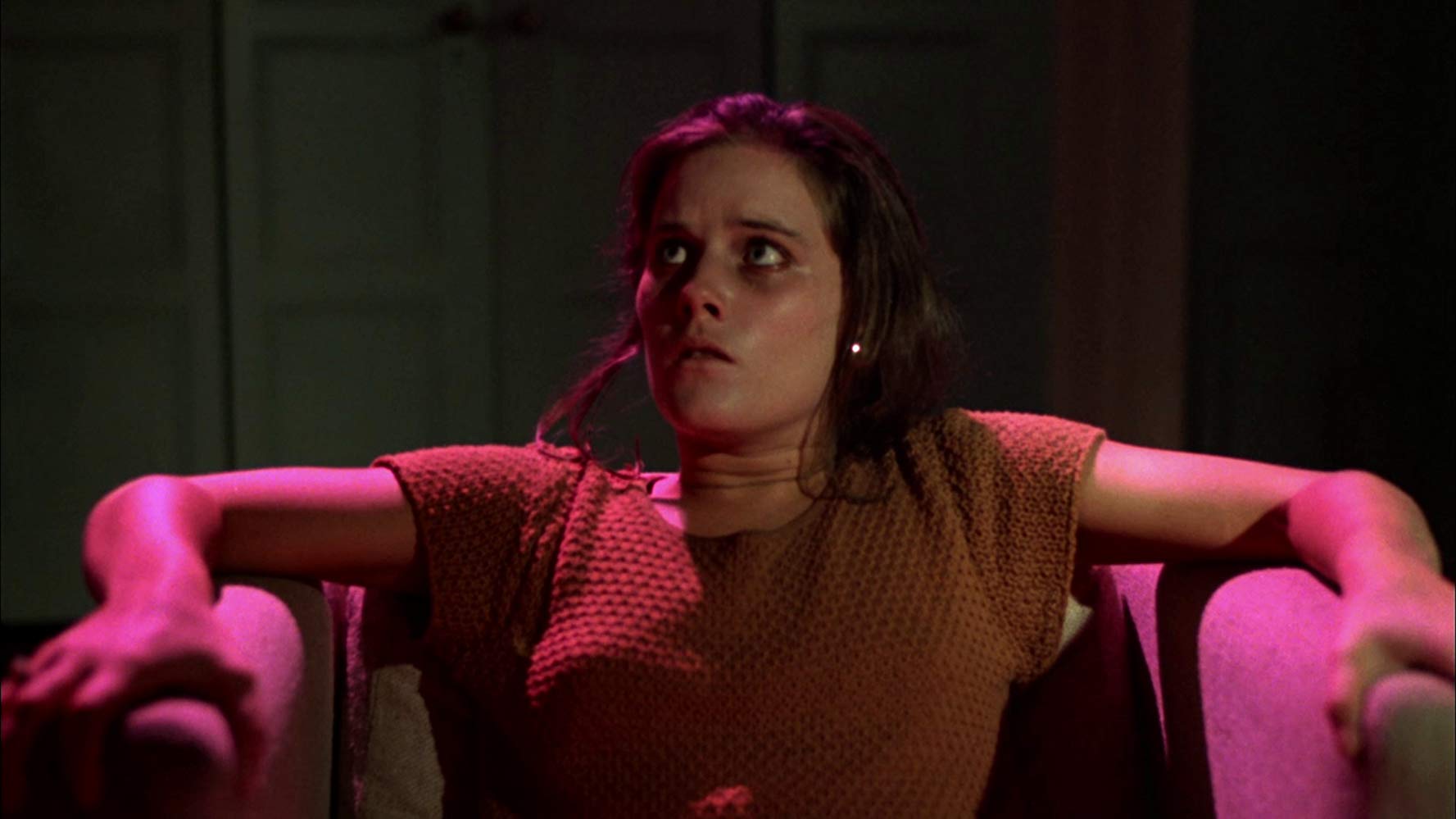
Despite receiving the remake treatment in 2009, Mark Rosman’s original House on Sorority Row remains a lesser known about horror classic. Coming around, arguably at the height of the Slasher genre in the early 1980s the film starts as a stereotypical set-up with its characters seemingly falling into stock roles but soon diverts and subverts main genre expectation for the time.
Given how low-budget the film is, the production on it is very admirable. Due to budget restraints, Mark Rosman sometimes chooses to show the kills more cinematically, rather than with a huge emphasis on gore however, the film still has a lot of fun in enacting it’s nicely paced scares. Beyond this though House on Sorority Row has an impressive script with a tightly told narrative with an interesting twist.
Undoubtedly bolstered by its great cinematography and sound work, the film through its subversion of genre tropes gives it a noticeable edge amongst its contemporaries. As well as this, the film has a nice playful score and the lighting exudes pink and green hues making it a proper head-trip in parts. A must-see for any cult horror fan!